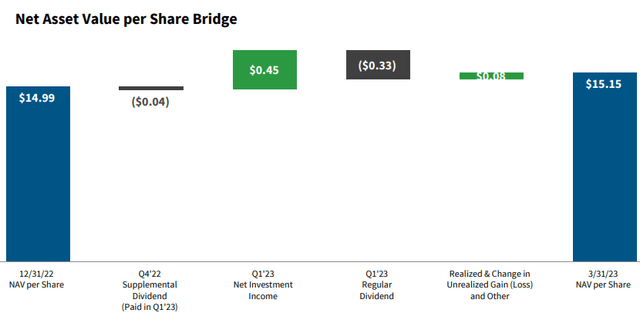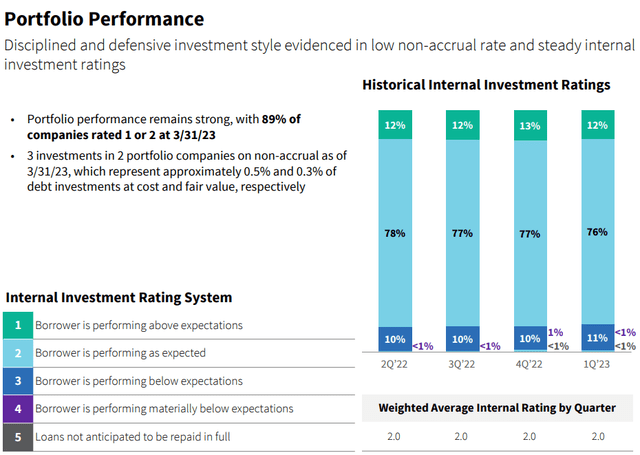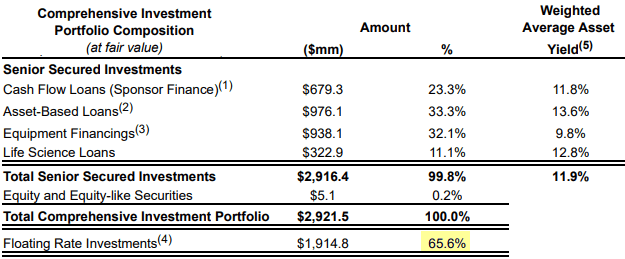
In the intricate labyrinth of human behavior, nothing is quite as bewildering or potentially damaging as the insidious tactics of a narcissist.
If you often find yourself doubting your own reality or questioning your worth, you could be a pawn in a narcissist’s subtle game of manipulation.
From romantic relationships to the workplace, discover the sneaky ways narcissists manipulate you and, more importantly, learn how to ingeniously sidestep these traps and regain control.
1) Love bombing
At the beginning of a relationship, narcissists may shower you with excessive attention, compliments, and affection in a tactic called love bombing.
They do this to make you feel special, gain your trust quickly, and put your guard down.
It’s easy to see why this works. We all love to be showered with attention and love, and once we get it, it’s challenging to take a step back and re-evaluate things. I mean, we’re getting love BOMBED here.
To avoid this trap, you must try to set a healthy pace in your relationships. Ensure you maintain your independence and individuality in your relationships and evaluate the motives of those rushing intimacy.
After love bombing, be wary of this next way of manipulating.
2) Devaluation
Devaluation, as its name says, is a strategy that manipulators and narcissists use to make you feel worthless in your own eyes. The result is that you become more dependent on them.
To do that, they’ll use criticism, insults, and even neglect.
This last one comes as quite a shock after we’ve been at the center of attention for some time.
To counter their strategy, you’ll need to remember your strengths and accomplishments.
Do not let the narcissist define your worth or make you feel less valuable.
However, be aware that they might want to hook you back in with this next powerful tactic.
3) Silent treatment
Silent treatment often serves as a punishment and a way to make you feel anxious and desperate for their attention.
They accomplish this by withdrawing all communication and affection and basically ignoring you.
DON’T chase after them. I know it’s easier said than done, especially if you’re fighting with reduced confidence and self-worth.
On the other side, you need to prioritize your emotional well-being. Even if they weren’t a narcissist, do you really want to be with someone who just flat-out ignores you?
Perhaps you weren’t a good fit, and it’s time to move on. There’s (still) plenty of fish in the sea.
4) Projection
Projection is a classic way of manipulating people. In most individuals, it happens subconsciously, but it doesn’t make it right, though.
Narcissists often project their own flaws, insecurities, or wrongdoings onto others. If they accuse you of behaviors or motives they possess themselves, they do it to deflect blame and maintain their self-image.
Here are a few examples of projection:
- Accusing others of being selfish
- Blaming others for their mistakes
- Claiming others are jealous or envious
- Accusing others of being controlling
- Labeling others as attention-seeking
And so on. It’s an endless list, really.
But how do we recognize and counter this classic behavior? It all comes down to recognizing these patterns, knowing yourself, and remembering your own actions and behaviors.
This last point will be extremely important for this next phase.
5) Gaslighting
Gaslighting has gained a lot of attention in recent years. However, it’s not a new phenomenon. If you aren’t sure what it is, it’s when others make you question your perception of reality.
They may deny things they said or did, twist the facts, or make you doubt your memory. If you’ve never encountered this before, it can be quite shocking but also easy to recognize.
To avoid and oppose this highly manipulative behavior, keep a record of key events and conversations to refer back to.
Also, trust your own perceptions and remember that it’s okay to disagree with someone else’s recollection. They aren’t perfect, and neither is their memory or the way they behave.
6) Triangulation
Triangulation is another favorite tool for those trying to manipulate you. It involves pitting people against each other by involving a third party to create chaos, basically.
Spreading gossip, playing the victim, creating difficult situations, and much more in an attempt to gain control and divide relationships.
For some, this is describing a typical day in the office. I know that it was for me at one point in my life.
It’s a situation that you can only escape by severing all ties with a person like that. You can’t just mind your own business here.
It’s not a solution, unfortunately, and things will only get worse if you don’t maintain open and direct communication with others involved and distance yourself from the manipulator.
By doing that, you’ll avoid one of their favorite tactics – twisting the conversation.
7) Twisting the conversation
Narcissists often manipulate and twist conversations to their advantage by changing the subject, using false flattery, or playing the victim when they’re called out.
They love to flatly deny any wrongdoing and immediately counter with accusations against you. That way, they attack your character by bringing up past mistakes, or shifting the focus onto your perceived flaws, deflecting attention from their own behavior.
They might also downplay the significance of the issue at hand or dismiss your feelings altogether.
There are many ways, shapes, and forms to manipulate conversations. You need to avoid falling into their trap by staying focused on the original issue, maintaining your composure, and assertively restating your concerns.
8) Guilt-tripping
We’ve come to another favorite tool in the toolbox of narcissists. They use guilt as a weapon to sway your emotions and behavior.
It includes exaggerated sighs, dramatic expressions of disappointment, or tearful displays to prompt a strong emotional response. By making you feel guilty, they aim to gain control and get you to comply with their wishes.
I’ve met narcissists who like to selectively remember and bring up past mistakes or instances where you fell short.
They use these reminders to fuel guilt within you and maintain a power dynamic where they hold the moral high ground. I can tell you it’s something you don’t want to see for yourself.
Let’s see what else they have in their arsenal.
9) Isolation
Now we’re getting even more serious. When narcissists try to isolate you from your friends or family, you know they mean business.
By doing that, they have all the control over you and even make you distrust the people you love the most.
One way they do that is to criticize your loved ones or create doubts about their intentions. They will flat-out tell you lies about them, but for some reason, you will believe those lies.
I know we all act strangely when we fall in love, and we are at the beginning stages of our relationships.
I’ve had friends that would completely fall out of our social circle once they were with someone romantically.
I can’t say that I was immune myself, too. Love is a powerful drug.
However, maintaining connections with supportive people outside the relationship and seeking their perspective is incredibly important.
10) Moving The Goalposts
Moving the goalposts is another form of manipulation where the narcissist sets expectations or goals for you and then changes them once you’ve met them.
It’s like running a marathon, but every time you get to the finish line, you have to keep running more.
This keeps you in a perpetual state of trying to please the narcissist and allows the narcissist to maintain control over you.
You need to have your own personal and professional goals, celebrate your achievements and acknowledge your progress, and make it clear that your achievements and successes are not up for debate or devaluation.
11) Hoovering
And lastly, we’ve come to a funny-sounding but scary tactic. You see, hoovering is a tactic narcissists use to draw you back into a relationship or interaction when you try to distance yourself or end the relationship. This can happen even after a period of separation.
They will suddenly show remorse, promise change, or use sentimental tactics to make you question leaving or setting boundaries.
The only thing you can do is stay firm in your decision and remember the reasons why you’re distancing or ending the relationship in the first place.
There are no ifs, buts, or maybes here.
Final thoughts
We hope this article helped you recognize manipulative behavior you might encounter in your workplace, romantic relationships, or from your friends and family.
As you can see, there are many ways you can counter their sneaky ways of manipulation. There are also many perfect comebacks for dealing with a manipulator.
But perhaps the most important thing you can do is trust in yourself and seek support and affirmation from other people you trust.
"avoid it" - Google News
May 31, 2023 at 07:00AM
https://ift.tt/lLYHd3r
11 sneaky ways narcissists manipulate you - and how to avoid it - Hack Spirit
"avoid it" - Google News
https://ift.tt/z93sUYR
https://ift.tt/QCROu0F





/cloudfront-us-east-2.images.arcpublishing.com/reuters/DLHNJMNYAJPBDKDHK2CJWZGCUA.jpg)

